KAMIKAZE as the Principle, Brigitte Kölle
“Painting is an exercise in being born, an exercise in dying”
Philippe Vandenberg, 10 May 1998
Philippe Vandenberg does not make things easy for us. He irritates, provokes, sidesteps. Every time we feel as though we have finally found our bearings in his visual language, the artist has already moved on to something else.
He is the tortoise and we are the hare, always arriving after him. Considering the long succession of stylistic changes and thematic shifts that make up his artistic career, even describing it poses a real challenge. Vandenberg’s art has many guises: figurative and abstract, playfully cartoonish and minimalistically reduced, eruptive and restrained, geometrical and monochrome, narrative and abridged, communicative and hermetic. In the final years of his life, he employs language, the written word, both as a medium of communication, and as a distinct aesthetic and artistic element. The multi-lingual artist works at the intersection of narration and abstraction, communication and speechlessness. He sounds out the boundaries of what language (and art) are able to convey, seemingly wanting to expand these boundaries and make them more permeable.
As different as Vandenberg’s stylistic and thematic visual inventions may be, the stimulus behind creating them frames the artist’s entire oeuvre like a conjunctive bracket: despair. In conversation with Bernard Dewulf (born 1960), Philippe Vandenberg stated in 2008: “Despair has many guises. Despair guides me to my studio, where another despair is waiting for me. That’s how it is.” (i) Despair as the motor and power of an art that does not omit the painful side, the abysses, the underbelly of human existence: hate and violence, lovelessness and agitation, guilt and shame, cruelty and torture, grief and oblivion. “There is no happy art. Art is always about the blues and life’s cruelty. All great art is tragic”(ii), the artist suggests. As a result, Vandenberg’s art is delightful but not facile. It is touching without being melodramatic. It is not superficial, despite hiding nothing. It bespeaks an approach that understands itself as a form of processing, of exploration and research, as an attempt to fathom out our relationship with the world and each other – and make it easier to bear. As there is no simple pattern or easy answer to the existential questions of being human, Vandenberg’s artworks meander through endless repetitions and variations in a way that borders on the manic obsessive. They speak of an intensity and urgency that grips, agitates and perplexes us.
Philippe Vandenberg always questioned everything and started anew time and again until the very end. Vandenberg saw the principle of tabula rasa, of destroying what came before, as being a necessary prerequisite to all artistic creation. He consistently pursued this principle over the course of four decades of artistic output. He called it kamikaze. “You know what really matters is kamikaze” (iii) then becomes the overarching creed behind all his work as an artist. He wrote and spoke about the meaning of kamikaze, and with it of destruction as the prerequisite for establishing something new in the creative process, in intelligent but at times somewhat cryptic texts and interviews: “The creative process consists largely of destruction. The result of the quest, that is, the work itself, is always temporary and, besides, from the destruction, the rubble of one painting, another originates. It would be inhuman if it were not so. What I mean is that nothing human is final except Death, and Death is the vertical trampoline from which the work always bounces back.” (iv)
Like a mantra, the inscription “L’important c’est le kamikaze” is carved into the thick layers of paint in the eponymous paintings (Fig. 1). At times only the letters K, A and M remain of the word ‘kamikaze’, making them appear like parts of a secret code (Fig. 2). As is well known, kamikaze is a military term referring to a Japanese air-strike tactic employed in World War II whereby young Japanese pilots crashed their airplanes into US Navy ships: self-sacrifice for the sake of the assumed good cause. Vandenberg too put an end to his life, yet he certainly did not do so for his art, but despite it. In the end even art, the ‘solace’ and ‘healer’, (v) was not able to mute his despair and his feelings of loneliness. (vi)
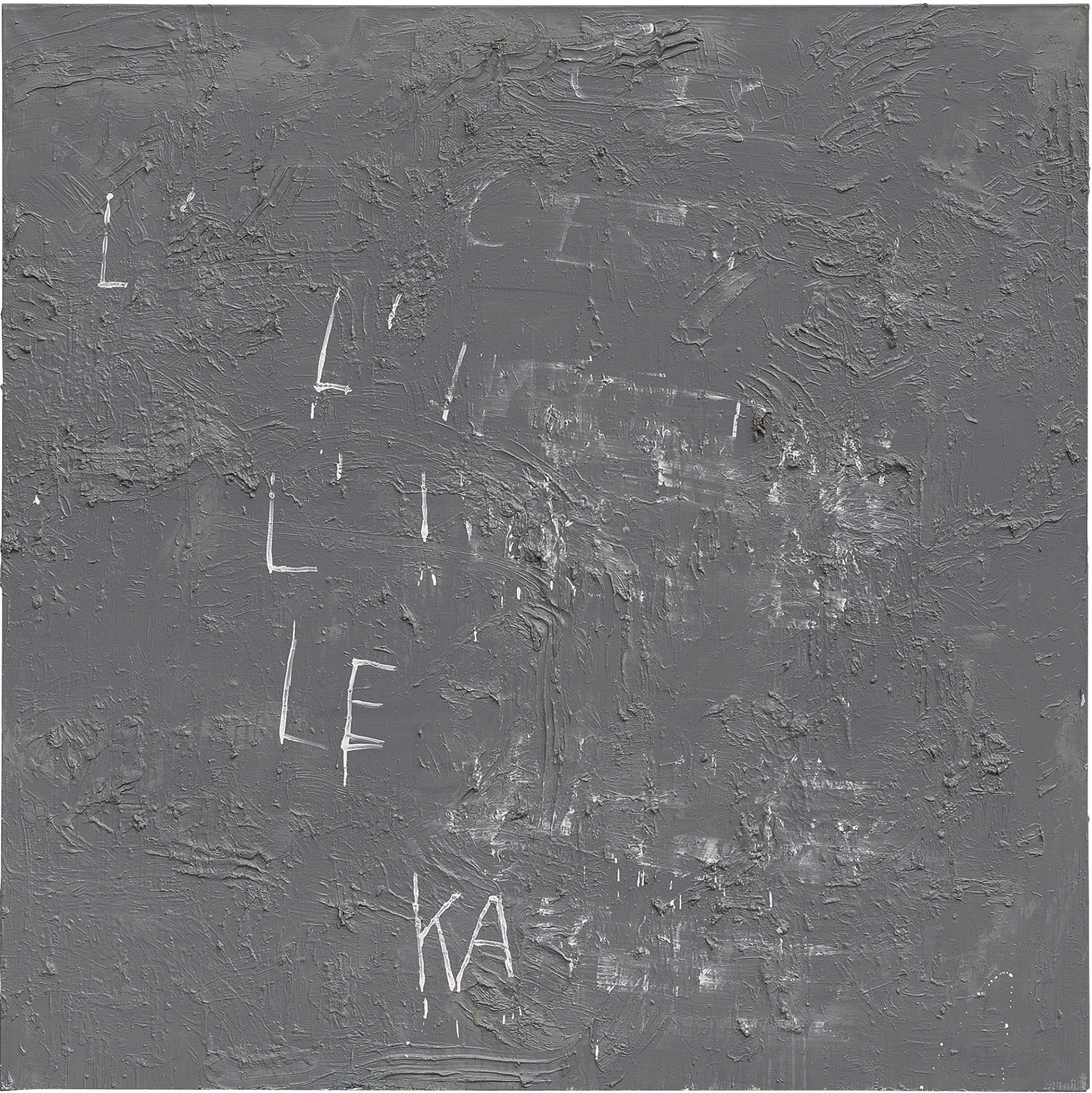
Fig. 1. L’important c’est le kamikaze (The Importance Is the Kamikaze), 1989-2005, Oil on canvas, 200 x 200 cm.

Fig. 2. L’important c’est le kamikaze (The Importance Is the Kamikaze), 2003-2005, Oil on wood, 47 x 42 cm.
The dialectical entanglement of creative force and destruction characterises Vandenberg’s œuvre in a substantial way. The artist destroyed large parts of his output. (vii) He painted over some of his pieces again and again over the space of several years, with the layers of paint piling up like geological sediments over time (Fig. 3). This painting strategy is also to be found in the work of Austrian artist Arnulf Rainer (born 1929). Rainer created his famous layered paintings following the principle of ‘energetic transformation’. (viii) Compared to Rainer’s work, Vandenberg’s paintings are less fluid and animated: over the course of his life as an artist, he painted over his pieces again and again, understanding history as something stratified that materialises over time – comparable to the Earth’s crust. The coarse paintings which, with their layers of impasto paint appear almost object-like, are juxtaposed in Vandenberg’s oeuvre by others in which the artist quite clearly scraped off the layers of paint until the naked and violated canvas resembled a set of abrasions (Fig. 4). On closer inspection, individual fields of scaly colour can still be made out. Remnants of the oily erstwhile layers of paint make the naked canvas appear cloudy.
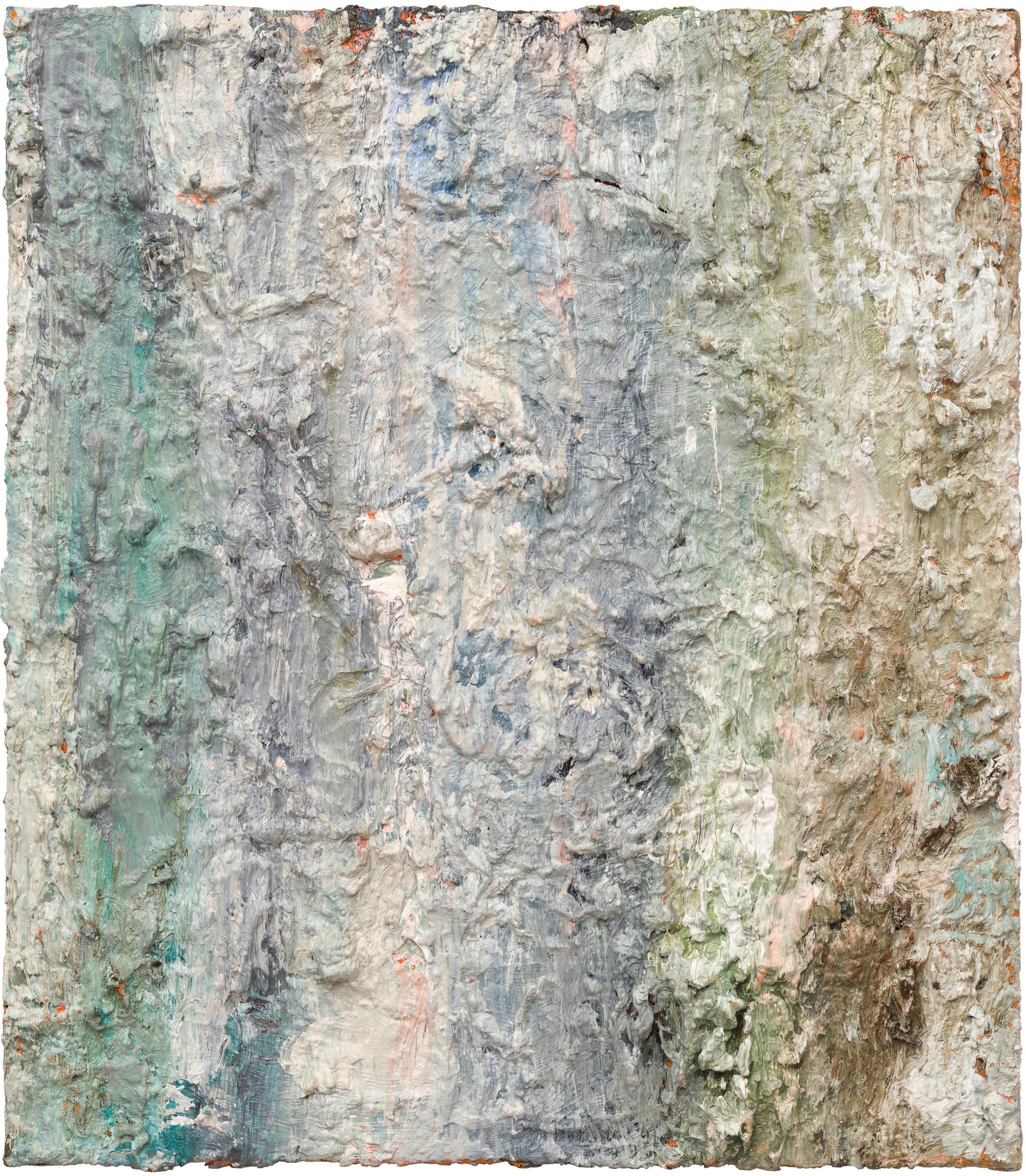
Fig. 3. No title, 1991-2002, Oil and paste on canvas, 80 x 70 cm
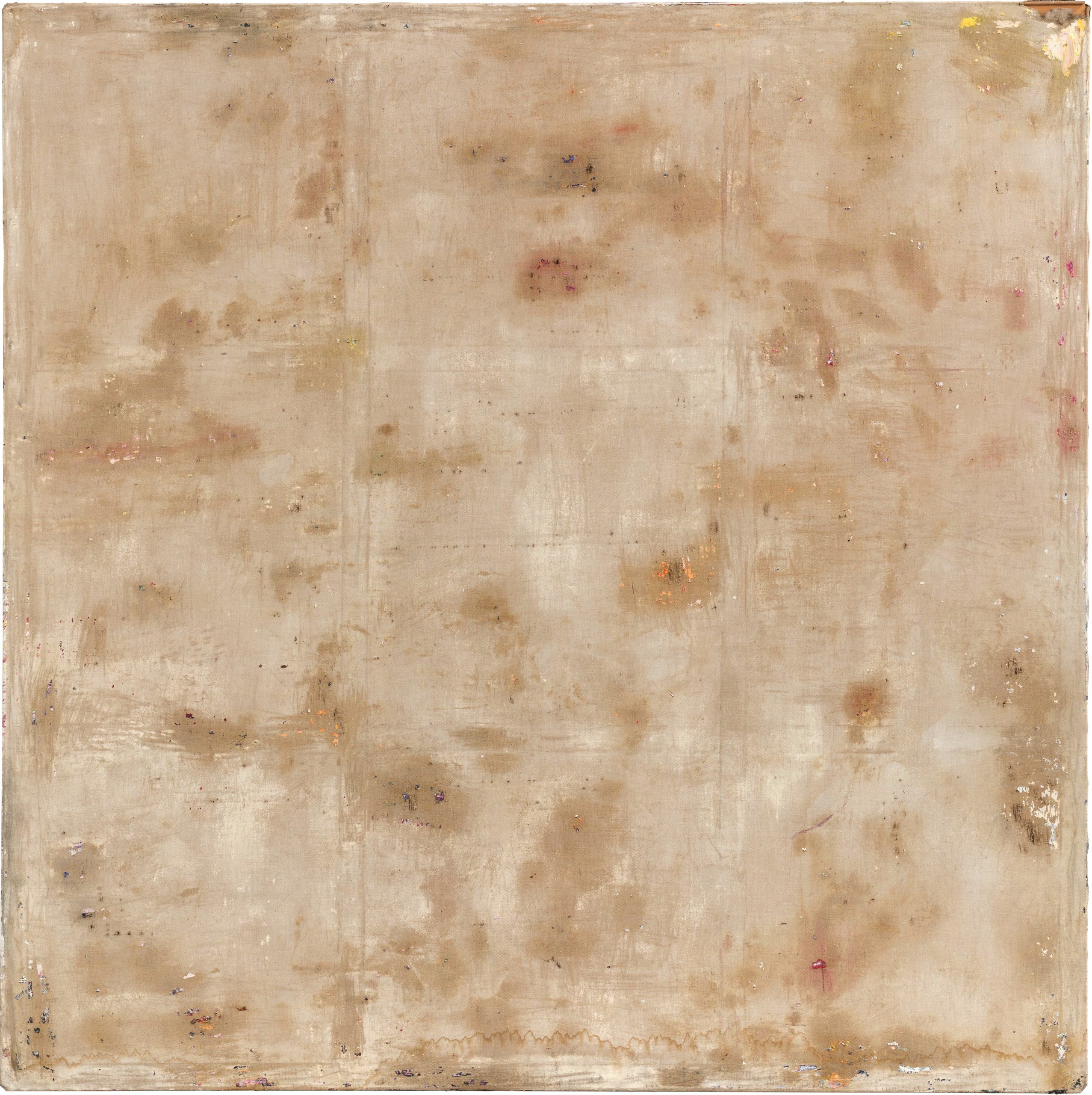
Fig. 4. Z.T. (Tableau éffacé) (Untitled [Erased Painting]), 1989-2002, Oil on canvas, 227 x 227 cm.
These pieces appear like a painterly interpretation of the famous Erased De Kooning Drawing (1953) (Fig. 5), in which US artist Robert Rauschenberg (1925–2008) erased a drawing made by his artist colleague Willem de Kooning (1904–1997). A lack of respect and provocation play a much larger part in Rauschenberg’s undertaking than they do with Vandenberg, who (only) sets his hand to his own work. Yet the same paradox arises in the work of both artists: even as the image is destroyed or elided, an image remains. The process of negation leaves traces. Something is always residual and resistant and cannot be removed. We can thus say: we recognise the indestructible nature of the image in its destruction.
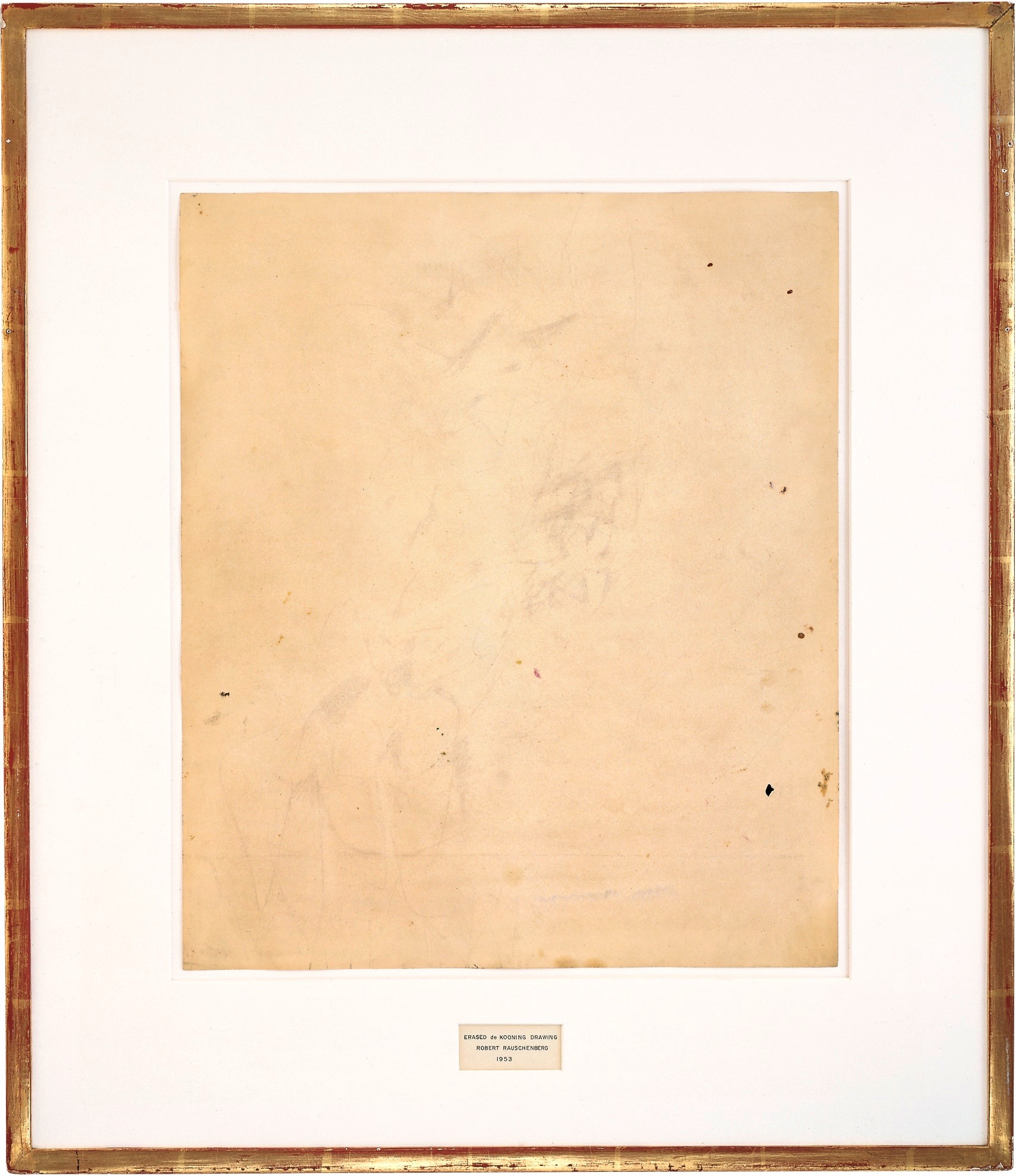
Fig. 5. Robert Rauschenberg, Erased de Kooning Drawing, Traces of ink and crayon on paper, with mat, and hand-lettered label in ink, in gold-leafed frame, 64.1 x 55.2 x 1.3 cm., San Francisco Museum of Modern Art
Artistic strategies of destruction, over-painting and effacement are part of the aesthetic canon. The new enters the world through the destruction of the old. Ancient myths, pagan cultures and the ministry of God the Creator in the Judeo-Christian tradition bear witness to this. His destructive frenzy finds expression in Noah’s Flood and the notion of Judgement Day. “For the old order of things has passed away… Behold, I make all things new” (Revelations 21:4–5) speaks of this divine principle: first I created everything, then I destroyed everything, and now I am remaking everything. (ix) Having grown up in Catholic Flanders and having been influenced by the visual world of the Christian Western tradition – in particular, the representations of the Passion and the Crucifixion of Christ in churches – as well as later on by the works of the Old Masters in Belgian museums, Vandenberg was well-acquainted with the notion of an unpredictable god who creates and destroys.
Many artists have linked their own powers of creation to a will to destroy. American artist Louise Bourgeois (1911–2010) for example, whom Vandenberg respected greatly, once laconically described this with the words “I Do, I Undo, I Redo”. (x) Anselm Kiefer (born 1945), too, is convinced that the destruction of things past contains within it the chance for a new beginning: “Ruins have always been the starting point for the construction of something new. Ruins are themselves the future. Because everything that exists will pass away. There is a wonderful chapter in Isaiah that reads: ‘Grass will grow over your cities. This quotation has always fascinated me. Even as a child. This poetry, the fact that you can see both things at the same time. Isaiah sees the city and the other layers above it, the grass and then another city, then grass, and then a city again.’” (xi)
The fact that the urge to destroy and start anew is inherent in humans from a very early stage can be seen in children playing with toy blocks. They build towers with them, before quite probably taking a great deal of pleasure in making these tumble down – if the edifices do not fall by themselves, that is.
The term ‘creative destruction’ was coined in the field of macroeconomics. It pertains to all economic developments being based on a process of destruction. Old structures are superseded and eradicated through a re-combination of production factors. Destruction is necessary in order for re-ordering to become possible. Karl Marx (1818–1883) introduced analogous notions in the ‘Communist Manifesto’ (1848) and Das Kapital (1867). The term itself became widely known through the writings of Joseph Schumpeter (1883–1950), where it stands for innovation and technological-scientific progress.
The meaning attached to the field straddling the poles of creativity and destruction in the realm of psychology and psychoanalysis is worthy of note. Here, the libido as the equivalent of the life instinct (Eros) is in competition with Destrudo, the death instinct, later called Thanatos in reference to the Greek god of death. The notion of the death drive was introduced by Sigmund Freud (1856–1939) in his text Beyond the Pleasure Principle, published in 1920. The experience of World War I, which revealed a hitherto unprecedented level of human thirst for destruction, played a special role in the development of the concept.
However, it would be wrong to confuse the death drive with a drive towards death. Slovenian philosopher and theorist Slavoj Žižek (born 1949) explicitly pointed this out: “… the Freudian death drive has nothing whatsoever to do with the craving for self-annihilation, for the return to the inorganic absence of any life; it is, on the contrary, the very opposite of dying – a term for ‘undead’ eternal life itself, for the horrible fate of being caught in the endless repetitive cycle of wandering around in guilt and pain. The paradox of the Freudian ‘death drive’ is therefore that it is Freud’s name for its very opposite….” (xii) It is compulsive repetition that Sigmund Freud saw as an expression of the death drive and which he described as early as 1914 in his text Remembering, Repeating and Working-Through. Compulsive repetition describes the human impulse to rerun thoughts, actions, situations and scenes that catch us off guard, or cause us pain or displeasure. French psychiatrist and psychoanalyst Jacques Lacan (1901–1981), whom Vandenberg held in very high regard and whose writings he studied intensively, drew on the notion of compulsive repetition, and in doing so emphasised the importance of variance in the repetition. In an interview in 2007, Philippe Vandenberg referenced this by saying: “I quote Lacan here… And what he says is, ‘Look: we’re in a situation where there’s nothing we can do except repeat things, but the repetition should always be new.’” (xiii) Vandenberg was well aware of the challenge of having to extract something new time and again from his repeated use of individual visual themes that appeared endless and almost manic.
The principle of kamikaze is thus to be encountered in many guises in Vandenberg’s work: in the numerous stylistic breaks, in the production of aesthetic-related processes of over-painting and scraping off existing paintings, and as written word, in part abridged as KA or KA.M. At the same time, many visual themes are part of the sphere of influence of kamikaze. This includes – to name just one example – the visual theme of burning monks, which Vandenberg created under the impression of the political protest suicide, the self-immolation of Vietnamese monk Thich Quang Duc in Saigon on 11 June, 1963 [see p. 25].
The emblem of the swastika, which Vandenberg painted and drew excessively, can very clearly be regarded as an emblem of kamikaze. The 3,000-year-old ancient sun symbol has appeared in the most diverse of cultures, e.g., among the Hindus in India or the Celts in Northern Europe. Its life-affirming symbolic force stands in a crass contrast to its transformation into the ‘Hakenkreuz’ deployed by the Nazis (xiv) (Fig. 6), which gained sad notoriety as an emblem of racism, persecution and mass destruction. Life and death, life energy and annihilation, swastika and ‘Hakenkreuz’ are joined in the notion of the kamikaze principle. Nothing persists, everything is subjected to the radical thrust of growth and decay, birth and death. The urge to create and destroy symbolises the extreme opposites humans are confronted with during their lifetime: the simultaneous existence of love and hate, beauty and ugliness, innocence and guilt.

Fig. 6. Petite étude svastika (Small Swastika Study), 2002-2003, Oil on canvas, 50 x 40 cm.
Kamikaze then becomes a mental attitude that accepts and internalises this cycle, the necessity of eradicating the old and stagnant for the creation of something new. Philippe Vandenberg vehemently called for kamikaze as a frame of mind and way of thinking: “… to destroy your own thinking is equally important. You have to be mobile. Remain absolutely mobile!” (xv)
Not only did Philippe Vandenberg not make things easy for his viewers, he also made things hard for himself. In the end, he was not able to live up to his aspiration of constantly reinventing himself and creating something new. His depression and the feeling of alienation, isolation and loneliness became unbearable. (xvi) On 29 June, 2009, aged 57, he decided to end his own life. What remains is an impressive, comprehensive artistic oeuvre waiting to be discovered and explored by an international audience. It was Vandenberg’s wish that his work may remain mobile and be made accessible to many people, especially young ones. Growing up, Vandenberg became acquainted with and came to appreciate the power of images when he had an experience that could definitely be described as an awakening while looking at the painting Christ Carrying the Cross (ca. 1510) by Hieronymus Bosch (xvii) (ca. 1450–1516) (Fig. 7) in the Museum for Fine Arts in his home city of Ghent. This marked the beginning of his love of art, which had had no place in his parental home and was to accompany him throughout his lifetime all the more intensively and comfortingly
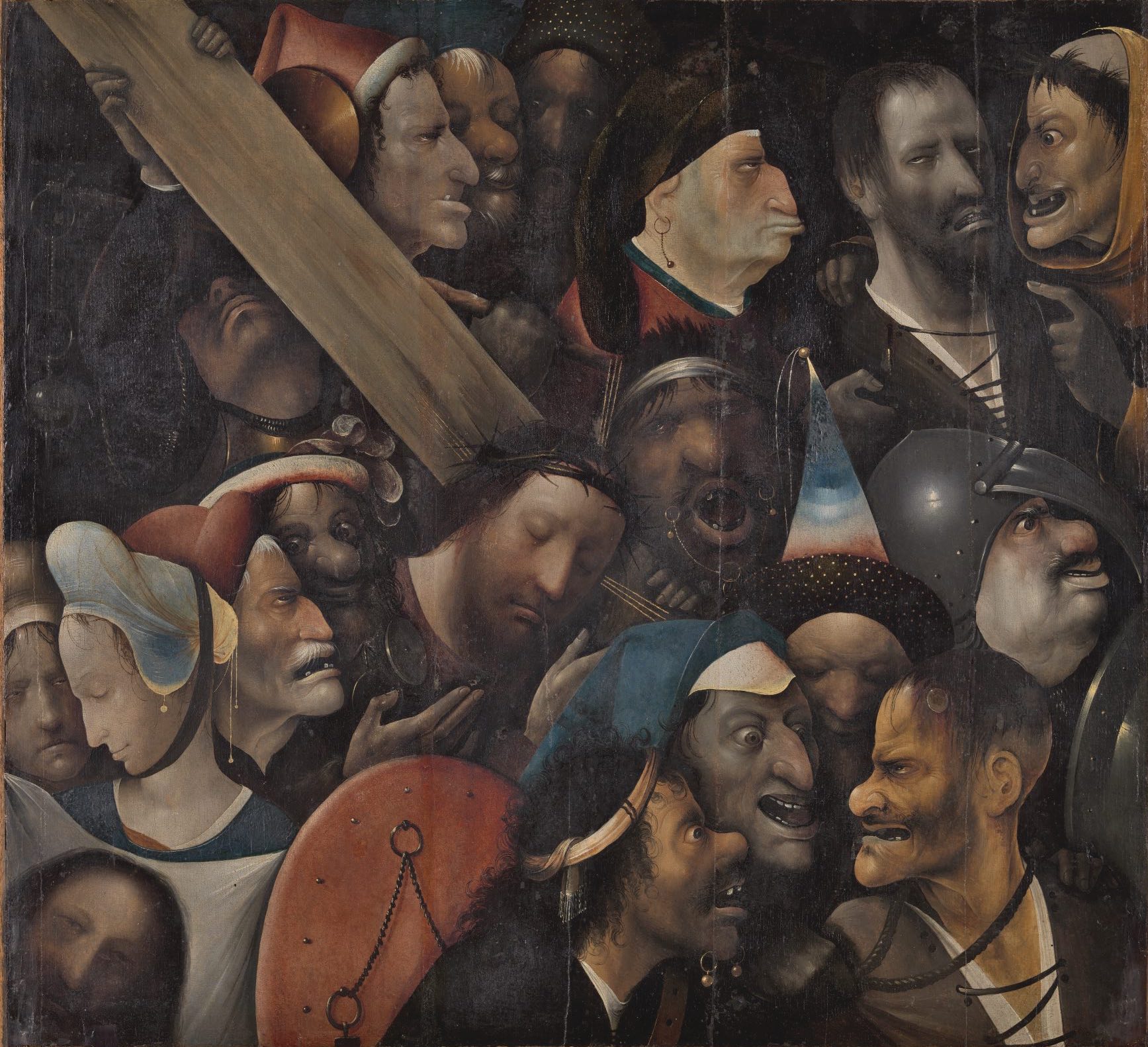
Fig. 7. Hieronymus Bosch (The attribution is disputed), Christ Carrying the Cross, ca. 1510, Oil on oak, 76.7 x 83.5 cm.
“I am twelve years old and I do not know that art even exists. I have never seen other people’s paintings. The first paintings that find me give such a shock that nothing is the same ever again. (…) I discover something I did not know existed and that I recognise immediately as the thing that I have waited for so long. Never in my life have I encountered anything as whole as a real painting. It changed my life completely and ever since I wandered into it I never looked back. (…) The painting I saw was Christ Carrying the Cross by Bosch and I understood that the painting meant much more than what it depicted. (…) Through Bosch I experienced for the first time what it meant to be comforted, energised, healed, blessed, gripped by an image; (…) I realised that art can cure man of being man without being able to save him.”(xviii)
i. Bernard Dewulf, “Philippe Vandenberg in Conversation with Bernard Dewulf”. In: Philippe Vandenberg “Visite”, edited by Anja de Lannoy (Ghent: MSK – Museum voor Schone Kunsten, 2008), 47. This interview was originally published as: Id., “Philippe Vandenberg in gesprek met Bernard Dewulf”. In: Philippe Vandenberg “Visite”, 2008, 23–35.
ii. Id., “Philippe Vandenberg in Conversation with Bernard Dewulf”, 2008, 42.
iii. Gérard Berréby, “What Counts Is Kamikaze”. In: Philippe Vandenberg “L’important c’est le kamikaze”: Œuvre 2000–2006, edited by Alain Tourneux (Charleville-Mézières: Musée Arthur Rimbaud; Ghent: Online, 2006), 103. This interview was originally published as: Id., “L’important c’est le kamikaze”. In: Philippe Vandenberg “L’important c’est le kamikaze”: Œuvre 2000–2006, 2006, 11–27.
iv. Philippe Vandenberg, “On His Way in a Cage Is a Man, His Hands Red”. In: Philippe Vandenberg: Œuvre 1995–1999, edited by Florent Bex (Antwerp: M HKA—Museum van Hedendaagse Kunst, 1999), 296. This essay was originally published as: Id., “Op weg in een kooi is een man, zijn handen rood”. In: Philippe Vandenberg: Œuvre 1995–1999, 1999, 33–44.
v. “Why is there no happy art, or why is art about happiness irrelevant, of no use? The answer is that we do not need to be cured of happiness. And art is a healer.… Art comforts us. Art heals people.” In: Id., “On His Way in a Cage Is a Man, His Hands Red”, 1999, 2. Or also: “I believe that art is one of the means that helps us to live. It enthralls us, amazes us and comforts us temporarily.” In: Berréby, “What Counts Is Kamikaze”, 2006, 97.
vi. Philippe Vandenberg suffered from depression, drug abuse and a recurring inability to continue painting – a combination that required multiple stays in hospital. In an Interview with Gérard Berréby he talked frankly about these problems: Ibid., 100.
vii. “I have destroyed large parts of my works.” In: Iris Paschalidis, “Prachtig Lelijk. Het obsessieve werk van Philippe Vandenberg”. De Leeswolf, Nr. 5, 2007, 399.
viii. Arnulf Rainer, “Geschwollenes – Verronnenes”. In: Arnulf Rainer – Totenmasken (Salzburg/Vienna: Werner Hofmann, 1985), 27.
ix. On the relationship between the creative deity and destruction, see the intelligent and inspiring article by Thomas Macho, “Der Preis des Schöpferischen. Zwischen Kreativität und Zerstörung”. Kunstforum international, Bd. 250, October–November 2017, 118–125.
x. Louise Bourgeois used this statement as a title both for a large installation and for her solo exhibition at London’s Tate Modern in 2000.
xi. Klaus Dermutz, “Der Mensch ist böse. Der große deutsche Maler und Mythologe Anselm Kiefer wird 60. Zeit für ein Gespräch über Gott und den Sinn des Lebens”. Die Zeit, Nr. 10, 3 March 2005, 45.
Type:
- Essay
Authors:
- Brigitte Kölle
Language:
- English
Year:
- 2018
Published in:
Brigitte Kölle. “KAMIKAZE as the Principle.” In Philippe Vandenberg. Kamikaze, edited by Brigitte Kölle and Felicity Lunn, 29-37. Cologne: Walther König Verlag; Veurne: Uitgeverij Kannibaal, 2018.
Originally published as:
Brigitte Kölle. “KAMIKAZE als Prinzip.” In Philippe Vandenberg. Kamikaze, edited by Brigitte Kölle and Felicity Lunn, 17-27. Cologne: Walther König Verlag; Veurne: Uitgeverij Kannibaal, 2018.